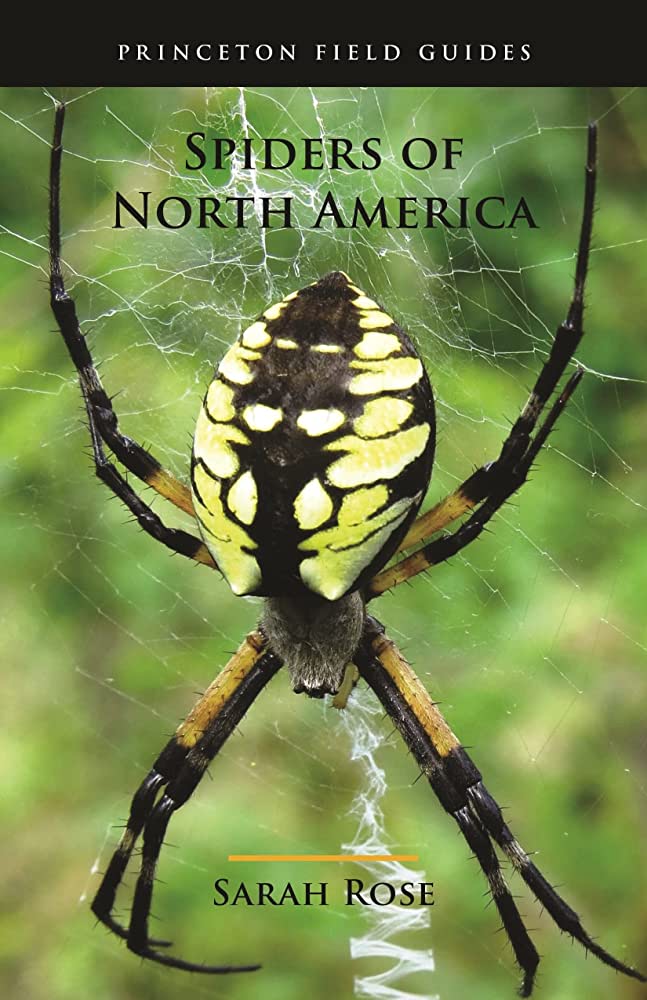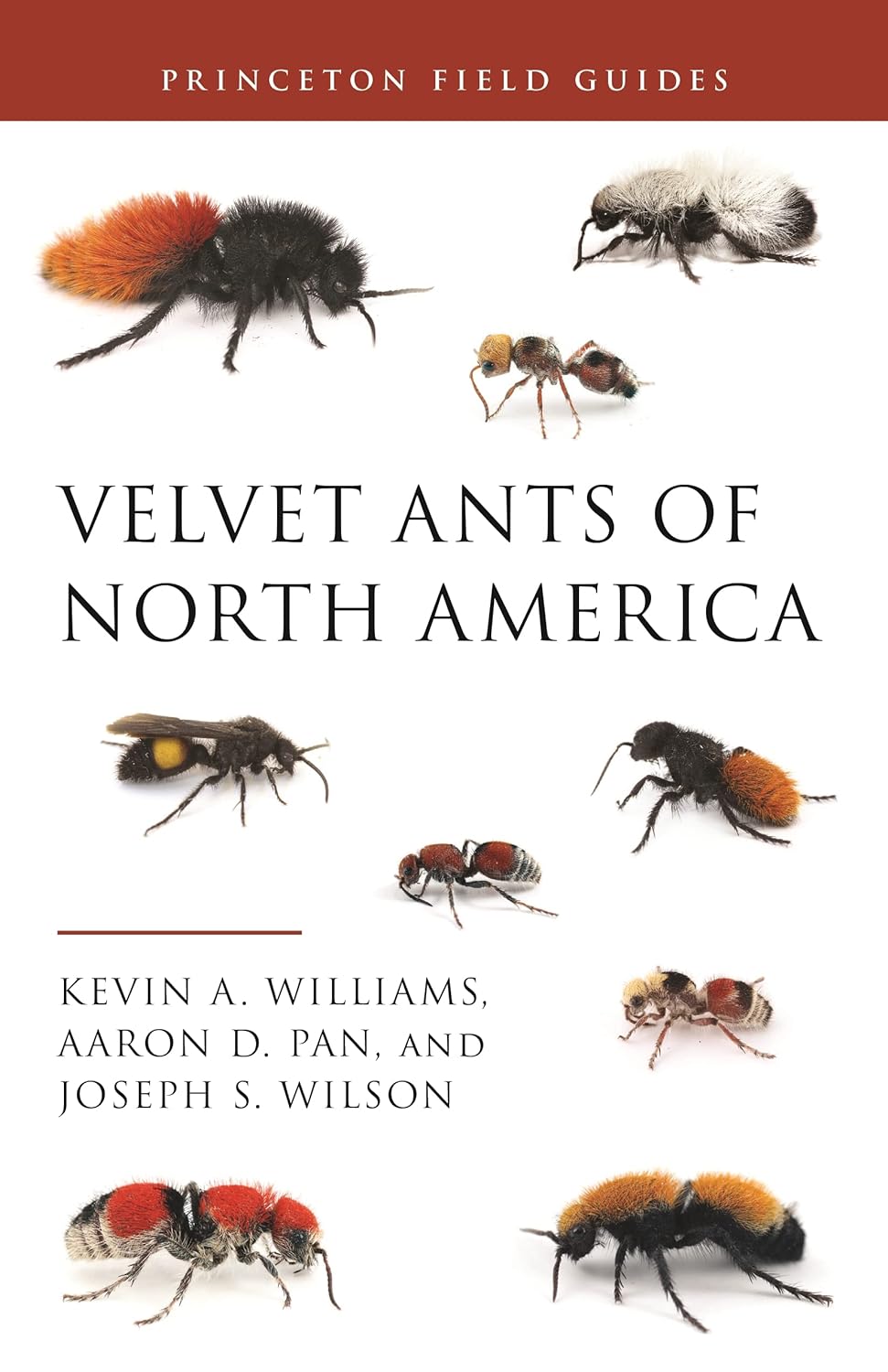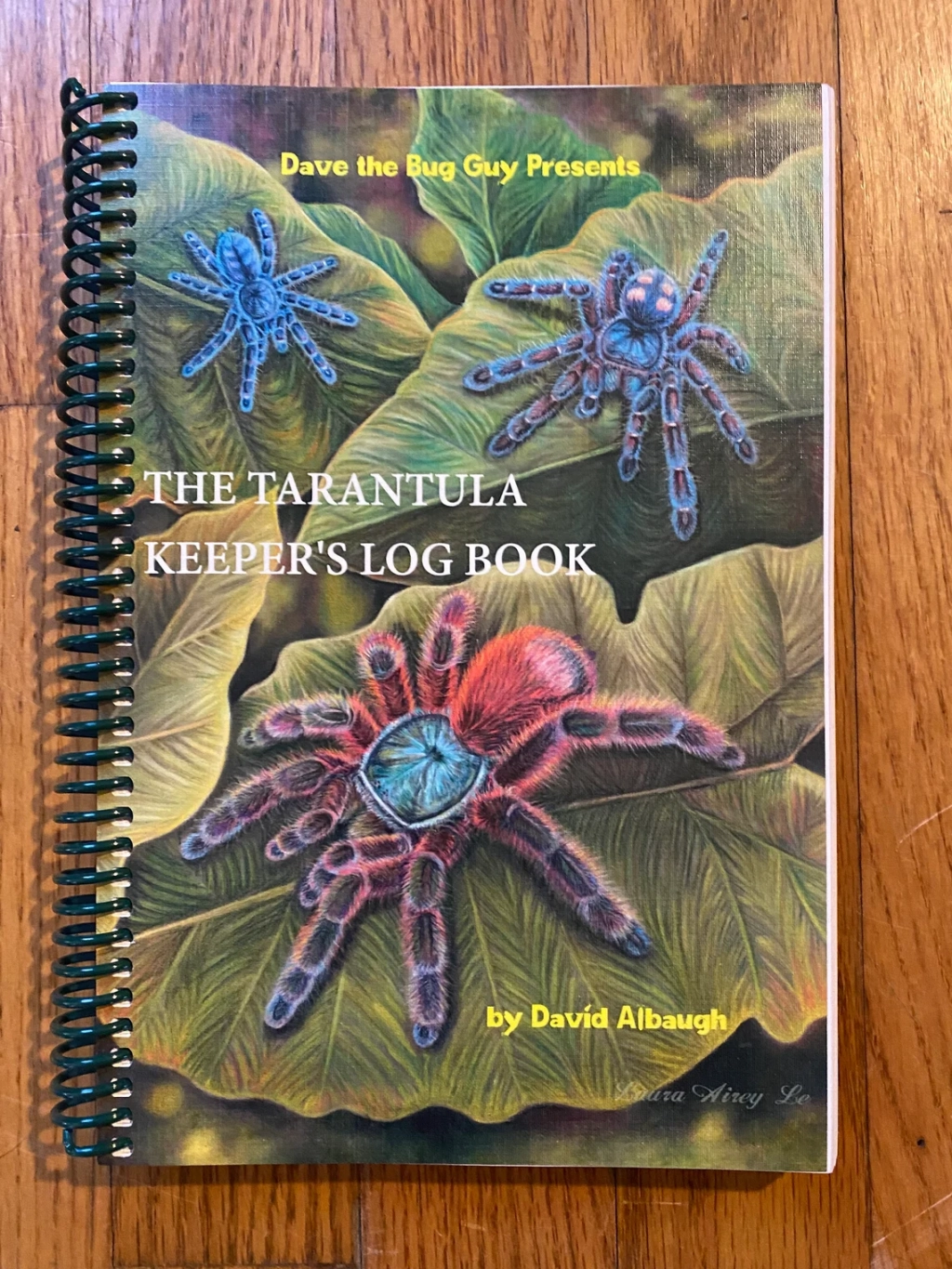There have been many field guides to spiders over the years and most are really good. Of the more than 49,000 species of spiders worldwide, some 4,000 are in North America. Spiders of North America explores more than 500 of the most common and interesting spiders found in this region of the world. This richly illustrated guide begins with an overview of spiders―what they are exactly, how they can be found, how they develop, and why they are important.

Spiders of North America features information on all the major spider guilds: sensing web weavers, sheet web weavers, orb web weavers, space web weavers, ambush hunters, ground active hunters, other active hunters, and spider hunters. Chapters contain accessible descriptions for identifying members of each spider family, including helpful tips for distinguishing members of similar families, and details at the genus and species levels. Stunning color photographs and informative distribution maps accompany the text.
The author, Sarah Rose, is chair of the American Arachnological Society’s common names committee. What she has done here is present to spider lovers (and haters) an appreciation of one of the most amazing of animals on this planet. This book features full color photos of the species covered, making identification much easier than it would otherwise be. In most cases, both sexes are represented, and pictures of the egg sacs are also included.

Though many people are terrified of spiders, you really get a sense of how beautiful and beneficial these creatures are. The book is huge, with 612 pages. It is designed to be brought in the field with you, as the best field guides are, and it even features a ruler in the back in centimeters and inches.
Spiders of North America, in the Princeton Field Guide series, is a must have in all nature libraries. One of the highlights for me is the section on jumping spiders, Salticidae. These are among the most fascinating spiders with their inquisitive personalities. My one complaint though is the lack of Theraphosidae spiders, the tarantulas. With so many of these species living in North America, two species is a poor representation of these amazing spiders. To be honest though, tarantulas would need their own guide to do this family justice.

I cannot praise this book enough. It is very thorough with the species represented and is very easy to use. The location maps are good but also many species list areas specifically where there are known sighting records. I look forward to seeing other field guides in the Princeton series. To order your own copy, just click HERE.





Leave a comment